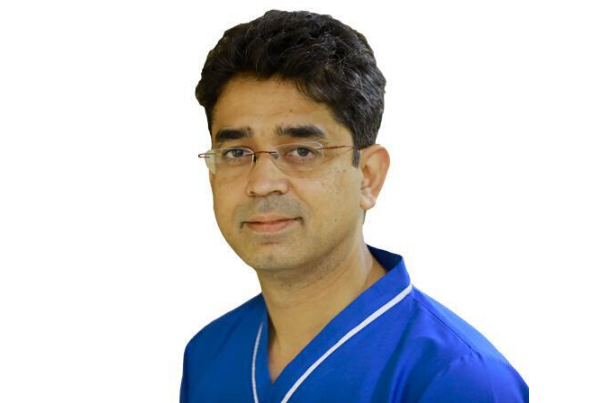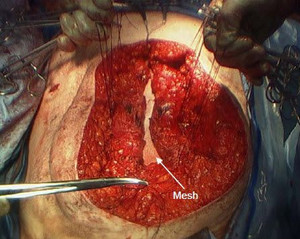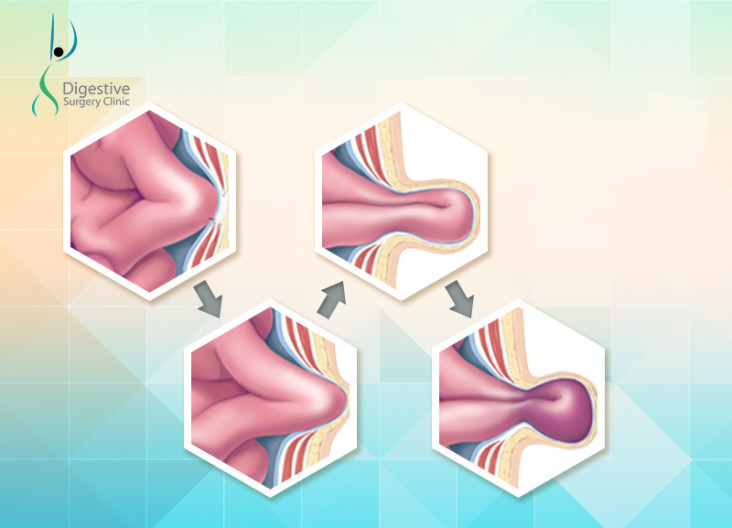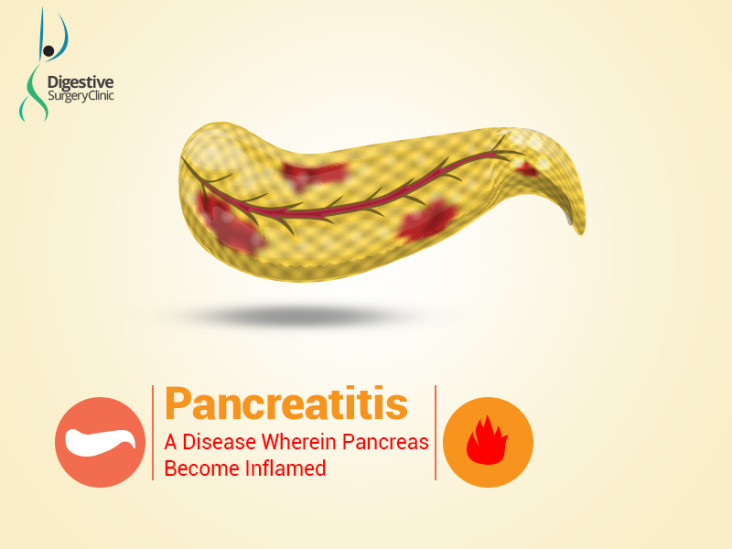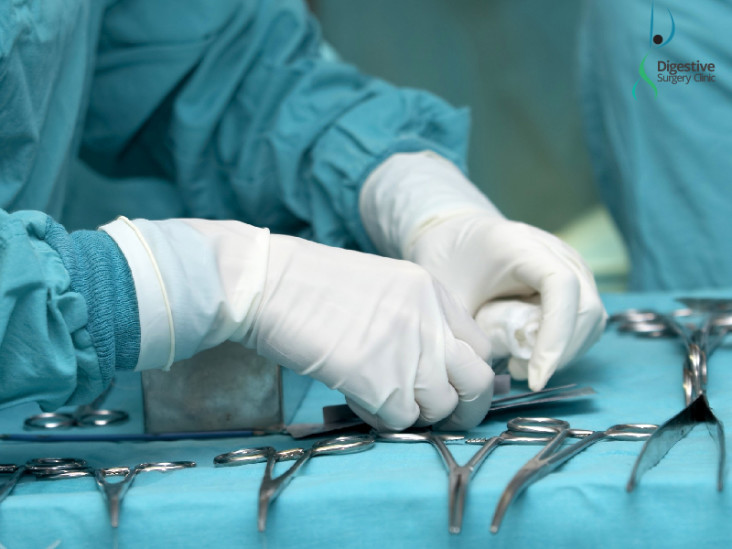If you look at the bigger picture, food, clothes and a house can be viewed as tools to survive. Purely functional at the basic level!
Food nourish us. Clothes shield us from the weather . House shelter us from the scorching sun, gusty winds and the bitter cold. It also provides a roof for relationships to foster.
That’s it! That’s our backpack for the journey called life!
How much of time and importance should we give to preparing the backpack than actually leading the beautiful path through the woods ?
A small proportion, right?
And yet modern life has convinced us somehow that buying the survival toolbox is the sole purpose of our lives.
Food can become something that is prepared with exotic fruits or a Lamb shipped from a particular region in the world and prepared by a gentleman who can add spice so perfectly that it excites the tongue like nothing before. And I forgot to mention, you may pay a hundred times more than what it takes to prepare it in the house.
Clothes in the primitive period was only a protecting rag and then evolved into a status symbol (a chieftain wore differently from a blacksmith). Jewellery and the fine silks became the legacy of the royalty. Modern life has taken “clothes make a man” very seriously and cinemas and ads have made us believe in the importance of clothing. Consequently, we spend a great deal on their purchases. Branded stuff can be our ticket to the uppermost class of the society and what would we not do to afford them? This does not stop here. Many of us spend a bomb ( I plead guilty) on ancillary fashion stuff like watches, bags, belts and shoes.
If there is one need of life that entices us to an extent that we can go crazy buying them, it’s a house. It can range from a one apartment residence to a palatial bungalow. The address also matters to the modern society. Our desires to embellish them has become so disproportionate to our income that sometimes it can drain our entire life’s earnings. Frequently, we take loans from our future to buy them. EMIs are not abnormal anymore but the new normal of living life. Even Darwin would wonder how a thatched hut has evolved so much!
Now I must admit that I love to eat good food, prefer to have a serene private space with books and a laptop (a diary would do too). I am also a man who loves adorning good clothes. And I have a good house with an open space that brings in the sunrise every morning
So I know a little bit of good living. And I have done my bit of struggle to buy all these. As human beings, we all want to improve our current status and there is nothing wrong with that.
However, this can become pathological if the struggle to get them becomes a lifelong process. There may be no end to fill this bottomless pit!
If we simply step back a little and examine our lives, we might see that these needs get overemphasis usually fuelled by peer pressure, comparisons and competition.
In this context, the Quran says beautifully – this World is a passing delight, a place of mutual boasting of riches and children!
 We may not realise but our expenditure on basic needs can be low if the basic needs were indeed kept as basic. But it’s not. We are losing our purpose of existence with it. And the only people profiting are those who run these industries feeding the never-satisfied eternally-starving consumer.
We may not realise but our expenditure on basic needs can be low if the basic needs were indeed kept as basic. But it’s not. We are losing our purpose of existence with it. And the only people profiting are those who run these industries feeding the never-satisfied eternally-starving consumer.
Great minds have been talking about the merits of Minimalistic Living and the Joy of Less for ages. It is not about living frugally, rather it is being aware what is it that will make Living a gratifying experience.
Except for the very unfortunate who live in penury, Life cannot be an eternal struggle trying to afford these survival kits. Ideally, we should be able to backpack our things for our journey requiring no more than a little effort and then take off to enjoy this path called Life!

